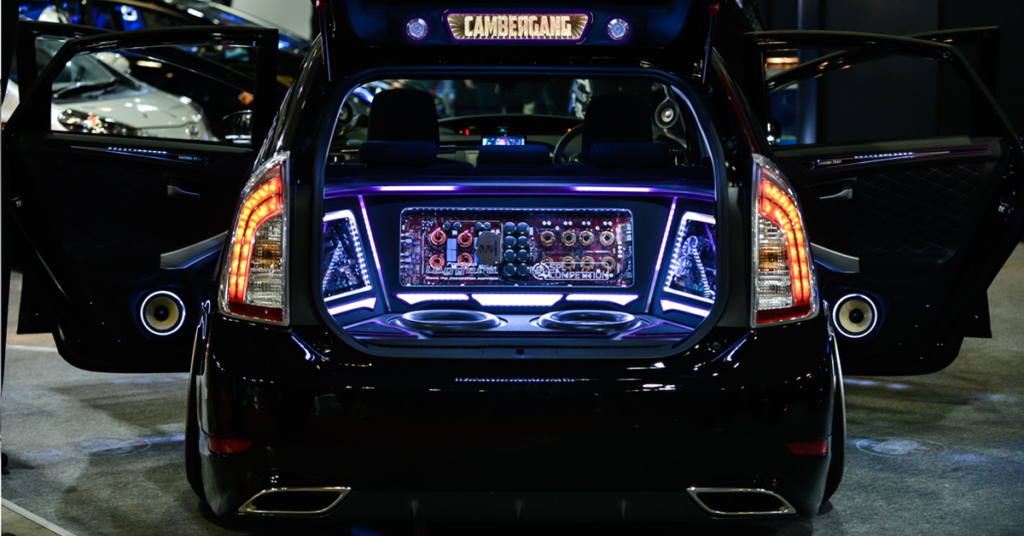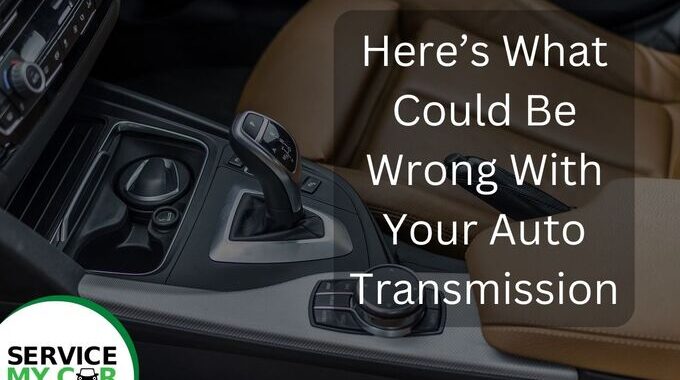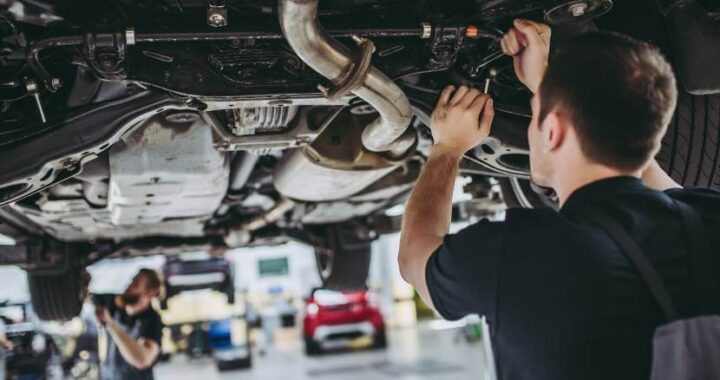How To Do The Best Sound Setting For Car Equalizer
4 min read
An important step in making the best sound setting for car equalizer is determining the appropriate sound option for the music system. The optimum performance from your covert car audio and the elimination of spontaneous drop-offs caused by the design of your vehicle’s interior may be achieved by properly tuning the equalizer, regardless of whether you choose a car audio system for top quality or cost.
What Activates An Equalizer?
A sound equalizer, put simply, increases or decreases the loudness of particular band ranges in the speech signals being sent to your amplifiers for cars. For instance, it can increase the amplitude of the shorter wavelengths to add extra depth to the mix of your vehicle sound.
If you produce sound louder, it could also weaken upper frequencies to prevent warped or harsh treble. The Equalizer, in one form or another, provides a higher level of volume flexibility to assist in finding the ideal sound configuration for a car.
How Many Different Equalizers Are Available?
Bass, treble, and occasionally mid-range are the only 2 or 3 wavelength bands covered by the equalization on low-cost car audio receivers, including some factory-installed models. It can be somewhat helpful to raise or reduce these broad frequency ranges, but it’s like attempting to write your initials with chalk.
These enable skilled listeners to make finer changes, but eventually, more bands also imply more potential to upset the delicate balance of vehicle audio.
What Is The Best Sound Setting For Car Equalizer?
What then is the Equalizer’s perfect balance? When listening to oldies vs more recent music, for example, the audio quality can be accommodated by changing the settings on the car’s equalization. Frequently, a listener will alter the EQ following the musical style.
Because of this, a lot of automobile audio receivers, especially aftermarket versions, have equalization settings for jazz, metal, or voice pop.
However, for regular use, the ideal setup for a vehicle equalizer corrects any irregular frequencies brought on by the setup of your car music system. The optimal equalization setting may enhance certain frequencies to deliver more energy to the loudmouths if your subwoofer overpowers the midranges of your automobile speakers.
If your amplifiers are multi-channel, you may use a multi-band eq to correct the output about the transition frequencies so that there isn’t a jump or fall off while you play music there. Can you fine-tune the Equalization settings with tools?
Usually, listeners can navigate the best sound setting for car equalizer with up to five bands to create the sound they prefer. The safest method for precisely tuning an automobile equalizer, however, is to play a white interference through the amplifiers while utilizing a bandwidth analyzer to identify which wavelengths require equalization modifications.
The goal is to produce a pink sound curve that is seamless and free of peaks and valleys throughout all bandwidths. This will guarantee the most accurate sound rendition for your car.
Bass
Start with the shortest wavelength possible and gradually raise it. As you become used to it, you’ll hear a change in how a certain tune sounds. Don’t raise the bass during this stage more than your speakers can take. If you hear some rattling or crackling, you need to drop your shorter wavelengths because you have moved beyond the point. In other words, if you want a higher thud, boost these vibrations.
60 Hz – 250 Hz
Next, adjust the equalizer’s lower mids. You should slightly widen the frequency in the best sound setting for car equalizer. The softer and more appealing tones in your music, such as harmonicas and lower chords on guitars, would be enhanced by raising the bottom mid. The majority of the time, this wavelength is more pleasant to the ear, and some research indicates that it may help you pay attention during lengthy trips.
250 Hz – 1,500 Hz
The mids follow, which, if played for a prolonged time, can wear out your ears. Use caution while boosting your mids because they might make you tired on a lengthy trip. Almost all of the time, no one increases their mid-Hz, leaving the setup flat or round in the centre. Others will actively lower the midrange frequencies so that the higher frequencies may shine.
1,500 Hz – 6,600 Hz
If you listen to this group of frequencies at a loud enough volume for a long enough period, your ears will suffer the most damage. Treble is a more popular name for this band of frequencies. Use caution while increasing this as it can make you tired after a long journey or listening experience.
Although it’s typical to lower the strength of these wavelengths for a more enjoyable sound quality, a correctly adjusted upper-mid will produce a repeating sound, comparable to that of a doorbell or chime.
Final Words
Think about the best sound setting for car equalizers and where they perform perfectly. If you’re using the standard configuration, it should be sufficient to enhance the downtrend and highs and retain the mids fairly flat. If you’re using a custom setup or driving a car with a high-end audio system, though, you might want to invest in a good audio system from CarOrbis to get your desired sound profile.
Also Read: Why Has Van Leasing Become More Popular in the UK?






